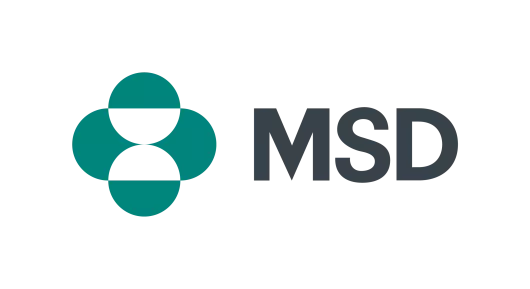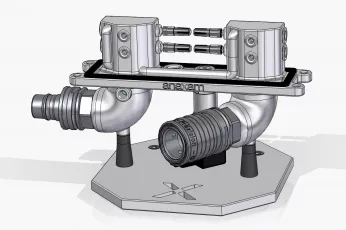Investigation of the cause of clogging in pre-filled syringes by Neutron & Synchrotron imaging

Merck & Co., Inc. is an American multinational pharmaceutical company headquartered in Rahway, New Jersey, and is named for Merck Group, founded in Germany in 1668, of whom it was once the American arm. The company does business as Merck Sharp & Dohme or MSD outside the United States and Canada. It is one of the largest pharmaceutical companies in the world, generally ranking in the global top five by revenue.
Pre-filled syringes (PFS) are increasingly used for cancer treatment, for example using monoclonal antibodies. However, in a small number of cases the needles of the pre-filled syringes clog. The risk of this has increased since the therapeutic agents, which consist of proteins and antibodies, have become more concentrated and therefore more viscous, offering greater resistance to fluid flow. In very rare cases, the needles of prefilled syringes may become blocked. This can have potentially detrimental consequences for patients if their medication does not enter the body or the dosage is too low.
The applied material analytics of ANAXAM using Neutron radiography and Synchrotron CT helps Merck & Co to be able to take a detailed look inside such needles. Neutron radiography allows the liquid inside the needle to be visualized in 2D, whereby both the ambient pressure and temperature can be varied while measuring the syringes, Synchrotron CT offers high-resolution 3D imaging for studying detailed interfaces between air and liquid inside a needle.
The measurements showed clearly that fluctuations in the ambient conditions led to deposits on the metal of the needle. Both pressure and temperature fluctuations drive liquid into the needle, where air bubbles may also form. When the liquid dries, it leaves behind plugs or deposits inside the needle.
For this customer project, ANAXAM used ICON and TOMCAT beamlines at the Paul Scherrer Institute.
The combination of neutron imaging and synchrotron X-ray tomography provided valuable insights into the dynamics of liquid movement in staked-in-needle pre-filled syringes. The detailed morphological analysis enhanced the understanding of microstructural arrangements within the needle. This research contributes to addressing the issue of needle clogging and can guide the development of strategies to improve pre-filled syringe performance significantly.”
Dr. Guangli Hu, Principal Scientist, Device Development,Merck & Co., Inc.




